Owning a hot tub feels like dipping your toe into warm water. Once you’re in, you wonder why you waited so long.
But unlike that spontaneous decision to hop into a friend’s spa, buying your first hot tub requires serious consideration. Trust me, after helping hundreds of first-time buyers navigate this exciting journey, we’ve seen the pure joy of perfect purchases and the frustration of hasty decisions.
Here’s everything you need to know to make your first hot tub purchase confidently.
What is a Hot Tub or Spa?
At its core, a hot tub is a large, heated water-filled vessel designed for relaxation, hydrotherapy, and social enjoyment. Modern hot tubs feature therapeutic massage jets, temperature control systems, and comfortable seating to create an experience beyond a simple warm bath.
The magic happens through the combination of heated water (typically maintained between 37-40°C), powerful massage jets that target specific muscle groups, and buoyancy that reduces stress on joints and muscles. This creates the perfect environment for both physical therapy and mental relaxation.
For example, one of our customers, Martin Mudge, wasn’t sure about getting a hot tub, but had different thoughts after multiple sessions in one:
Types of Hot Tubs
Here are the major types of hot tubs:
1. Inflatable Hot Tubs
Inflatable hot tubs are affordable and the best option for anyone who wants to try out hot tubs for the first time, without committing too much. These PVC or reinforced vinyl units can be set up in hours, and costs between £300 to £800+.
Inflatable hot tubs can seat 4-8 people with basic massage systems and digital temperature controls. While they won’t deliver the powerful hydrotherapy of premium models, they provide genuine relaxation and social enjoyment at a fraction of the cost.
Why we love them:
- Easy storage during winter months
- No permanent installation requirement
- Flexibility to relocate if you move house.
What we don’t like:
- They last 2-4 years with regular use
- Offer limited jet power compared to rigid shell alternatives.
2. In Ground or Permanent Hot Tubs
Acrylic and fibreglass tubs are the traditional "permanent" hot tub category, featuring rigid shells that deliver superior durability, insulation, and performance. Acrylic shells, in particular, offer exceptional longevity; quality models routinely last 15-20 years with proper maintenance.
Construction involves moulding acrylic sheets over reinforced frames, creating smooth, easy-to-clean surfaces that resist fading and cracking. Most premium models feature multiple jet configurations, advanced filtration systems, and sophisticated control panels that manage everything, including water temperature and LED lighting systems.
The fibreglass alternatives cost less than acrylic but may wear more quickly, especially in areas with extreme temperature variations.
Why we love them:
- Superior durability and lifespan (up to 20 years)
- Excellent heat retention and energy efficiency
- Customisable jet configurations and high-end features
- Sleek, smooth, and easy-to-clean surfaces
What we don’t like:
- High upfront cost
- Requires professional installation and permanent setup
- Not easily relocatable if you plan to move in the future
3. Swim Spas
Swim spas are usually larger than hot tubs. They come with a built-in swimming area and hot tub relaxation. The swimming area features powerful jets that create consistent currents for stationary swimming, while the spa section provides traditional seating with massage jets. This dual functionality makes swim spas particularly appealing for families or commercial centres that want the best of both worlds, i.e., a swimming area and hot tub.
However, due to their larger water volumes, swim spas require more space, cost more (typically £15,000-£40,000), and have higher operating costs.
Why we love them:
- Combining exercise and relaxation in one unit
- Ideal for low-impact aquatic workouts like swimming and resistance training
- Great for families or users with varied needs
- Year-round usability with the proper insulation and cover
What we don’t like:
- High upfront cost and running expenses
- Requires an ample outdoor space or dedicated installation zone
- Installation may require planning permission or special groundwork
4. Portable hot tubs
Portable hot tubs include inflatable units and "plug-and-play" acrylic models connecting to standard household electrical outlets. They come with built-in hot tub functionalities such as heaters, jets and filtration systems.
These models are more flexible, so you can relocate them, take them when moving, or remove them entirely if circumstances change.
Portable tubs are ideal for those who want the benefits of hydrotherapy without committing to a permanent structure. You can set them up on patios, decks, or lawns, and pack them away when unused.
Why we love them:
- Affordable entry point into hot tub ownership
- Easy to install and connect (no electrician required)
- Can be drained, stored, or relocated as needed
- Great for renters, short-term use, or tight spaces
What we don’t like:
- Shorter lifespan compared to hard-shell models
- Lower jet power and basic temperature control
- Less insulation, higher heat loss and running costs
- May not offer the same aesthetic or comfort as premium tubs
5. Fixed hot tubs
Fixed installation hot tubs are the gold standard for long-term spa ownership. These units require a dedicated base (often concrete or reinforced decking), a permanent electrical connection (usually a 32-amp supply), and sometimes planning permission depending on local regulations and property layout.
This setup is more expensive, but you’ll get the value for your investment, including powerful jets, excellent insulation, high-end controls, and long-lasting structural integrity. They’re often the choice for homeowners looking to integrate a spa into a landscaped garden, patio renovation, or luxury outdoor space.
Why we love them:
- Best-in-class hydrotherapy performance
- Long lifespan with proper installation and maintenance
- Seamlessly integrates into outdoor design and landscaping
- Superior energy efficiency and advanced features
What we don’t like:
- Requires professional installation and electrical setup
- Difficult or expensive to relocate
- High upfront investment
- May involve planning or zoning considerations, depending on location
Overall:
Consider your long-term plans carefully. Portable options make excellent sense if you’re renting, planning to move within 5 years, or unsure about a long-term hot tub commitment.
However, if you’re settled in your forever home and serious about regular spa use, fixed installations usually provide better value over time.
Key Factors to Consider Before Buying
Here are the key factors you should consider before buying a hot tub:
If you’d like a fuller snapshot of today’s market, our Hot Tub Buying Guide 2025 compares the latest features, insulation packages, and running costs across every price tier.
1. Your Budget and Price Range
Hot tubs are available at a range of prices, from under £500 for entry-level inflatable models to over £30,000 for premium swim spas or bespoke in-ground installations.
-
Entry-Level (£300–£1,000)
Inflatable hot tubs at the lower end of the spectrum seat 2–4 people. These budget-friendly options don’t offer the luxury of powerful hydrotherapy jets or advanced features. However, they still deliver soothing, warm water relaxation and are great for occasional use.
Expect air jets (rather than water jets), basic filtration systems, and digital temperature controls. Most contain essentials like ground cloths, covers, and starter maintenance kits. These models are ideal for young families, renters, or anyone testing hot tub ownership without a long-term financial commitment. However, they usually have a lifespan of just 2–3 years, and replacement is often more cost-effective than repair.
-
Mid-Range (£3,000–£10,000)
This bracket includes plug-and-play acrylic models and fixed installations with more durable materials, water jets, and better insulation. For example, the H20 1000 Series 13A Plug & Play 6-Person Hot Tub costs £3,699 and has many advanced features, including hydrotherapy jets, LED mood lighting, and twin fountains.
You’ll find greater seating capacity, stronger pump systems, and added comfort features like LED lighting, multi-speed jets, or Wi-Fi controls. These tubs are better suited for year-round use and have a 10–15-year lifespan with proper maintenance.
For a real-world look at how these units perform, read our H2O Hot Tubs Review: Expert Tested before settling on a specific model.
-
High-End (£10,000–£30,000+)
In the premium category, you’ll get professional-grade acrylic tubs, large custom designs, and swim spas with dual zones for exercise and hydrotherapy. These tubs often include high-performance jet systems, ergonomic seating, touchscreen controls, ozone/UV water purification, and high-efficiency insulation for lower operating costs over time.
A good example in this case is the Jaquar Polaris Hot Tub, which costs £14,000:
Retailers like Heracles Wellness offer financing plans that allow you to spread out payments over 12–60 months, often with competitive interest rates for qualified buyers. You can read more about our financing plan here.
But before committing to a finance option, calculate the total cost of ownership. This includes:
- Monthly energy bills
- Water treatment chemicals
- Filter replacements
- Routine servicing or maintenance
For example, a £5,000 hot tub may cost £150–£200 per month when factoring in finance payments and upkeep. Make sure your budget accounts for both upfront and recurring expenses.
Pro Tip: Always read the fine print to understand the full cost, including interest rates, penalties for early repayment, and what’s covered under warranty or service plans.
2. Space Requirements
You also need to choose the correct location to install your hot tub. Consider delivery access, maintenance clearance, and safe installation, especially if you plan to install heavy, hard-shell models.
Ideally, most hot tubs require at least 60 cm (2 feet) of clearance on all sides to allow space for servicing, cleaning, and future repairs. For example, a hot tub with a 2m x 2m footprint typically needs a total clear area of about 3.5m x 3.5m. This extra space is essential to ensure safe installation and ongoing maintenance access.
When planning placement, also consider:
- Proximity to your house for easier electrical connections
- Sight lines from neighbours to ensure privacy
- Wind direction to reduce heat loss and prevent debris from blowing into the water
Position your hot tub closer to the home to reduce wind exposure and lower energy costs in colder climates.
If you plan to install the hot tub on a deck, the structure must be able to support its weight. A full 6-person tub can weigh 2 to 3 tonnes, including the water and bathers. A structural engineer should assess the deck to confirm it can handle the load in such cases.
3. Seating Capacity and Lounger Options
When manufacturers list seating capacities (e.g., “6-person” hot tub), take those numbers with a pinch of salt. In real-world use, a “6-person” model often fits four adults comfortably, especially if you want room to stretch out rather than sit shoulder-to-shoulder.
Technically, there are two different seating arrangements common in hot tubs:
Lounger Seats
Lounger seats are reclined, have full-body positions with dedicated foot wells, and are designed to provide a deeper massage experience. They’re excellent for solo relaxation or couples who want to unwind side-by-side. However, keep in mind:
- Loungers take up more space, so adding one or two often reduces the number of usable seats.
- In larger groups, they can limit seating flexibility.
Bench seating
Bench seating features upright, continuous seating areas that run along the interior walls of the hot tub. This layout maximises capacity and provides flexible space for people of various body sizes and postures. It encourages easy movement and interaction, making it ideal for social settings or families with children.
While it may not offer the full-body recline of a lounger, bench seating allows for a more communal experience. It often includes strategically placed jets to target the back, shoulders, and calves.
Bench-style seating maximises capacity and provides flexibility for different body sizes, while contoured seating offers enhanced comfort but may not accommodate all users perfectly. Test various configurations at showrooms whenever possible to understand personal preferences.
Pro Tip: Try Before You Buy. Whenever possible, visit a showroom and sit in a dry tub.
Even without water, you can assess comfort, legroom, and how the layout fits your body. Everyone’s preferences differ; what feels perfect for one person may be uncomfortable for another.
4. Energy Efficiency and Insulation
Modern energy-efficient models can operate for £30-50 monthly in moderate climates, while poorly insulated units might cost more monthly for the same usage. This difference compounds over time.
That said, look for full-foam insulation systems that fill cabinet spaces, multi-layer covers with vapour barriers, and efficient heating systems with smart controls. Premium models include insulation packages like hot tub covers that maintain temperature stability even in extreme weather.
Feature Checklist for Your Ideal Hot Tub
Here are the features to look out for when buying a hot tub:
1. Jet Count and Placement
When evaluating hot tubs, it’s easy to be impressed by high jet counts, but more isn’t always better. What truly matters is the strategic placement, power, and type of jets, not just how many there are.
A tub with 40 randomly scattered jets may provide a weaker, less satisfying experience than one with 20 well-positioned jets that target key muscle groups, such as the neck, shoulders, lower back, and calves.
Here’s why:
Jets are designed for different purposes, and the best hot tubs use a thoughtful mix to deliver a full-body hydrotherapy experience. Here are the main types to look out for:
- Large therapy jets – Designed for deep-tissue massage, ideal for back and thigh muscles.
- Precision jets – Smaller and more focused, often used for neck and shoulder relief.
- Rotating or pulsating jets – offer dynamic massage patterns to simulate kneading or rhythmic pressure.
Look for tubs that adjust jet pressure or turn individual jets on/off. This level of control ensures you can personalise the massage to suit your needs, whether you want gentle relaxation or a powerful muscle recovery session.
Tip: Don’t focus solely on the number of jets. Ask how they’re powered, positioned, and whether they’re adjustable. That’s what separates a premium hydrotherapy experience from a mediocre soak.
2. Filtration and Water Quality
Clean, clear water is essential to an enjoyable and hygienic hot tub experience, and your filtration system plays a huge role in keeping it that way. Most modern systems use a combination of mechanical filtration (to trap dirt, debris, and particles) and chemical sanitisation (to kill bacteria, algae, and viruses).
Most hot tubs still use traditional chlorine-based systems, which are affordable and effective when properly managed. However, they require regular attention, including testing water chemistry, balancing pH and sanitiser levels, and performing occasional shock treatments.
While these alternatives reduce manual chemical handling and can improve water feel, they often come with higher upfront costs and may still require backup sanitation.
Also, consider how easy it is to access the filter for cleaning or replacement. A convenient design can save you time and hassle over the hot tub’s lifespan.
Bottom line: Choose a system that fits your lifestyle. If you prefer set-it-and-forget-it convenience, look for tubs with advanced purification tech. If you’re fine with hands-on maintenance, standard chlorine systems will serve you well at a lower cost.
3. Temperature Control and Heating
Your hot tub’s heating system also plays a major role in both performance and ongoing energy costs, especially if you plan to use it frequently or live in a colder climate.
Most standard models come with 3kW electric heaters, which are generally effective for well-insulated tubs. They maintain water temperature steadily and reheat reasonably quickly after use. However, in colder weather or with large-volume tubs, these standard heaters may struggle to recover heat quickly, leading to wait times and higher energy usage, longer and longer.
Premium hot tubs often include:
- Larger heaters (4–6 kW) for faster temperature recovery
- Dual heating systems that maintain heat more efficiently during heavy or repeated use
- Dedicated circulation pumps that improve heating efficiency and reduce noise
Overall, look for hot tubs with digital control panels that offer:
- Precise temperature settings
- Customisable heating schedules
- Eco or energy-saving modes
Some advanced systems use smart learning algorithms to understand your usage patterns and automatically adjust heating cycles to ensure the water is ready when you use the tub, without wasting energy.
Delivery and Installation Tips
Proper preparation is key to a smooth hot tub installation. Here’s what to know before the delivery truck arrives:
1. Prepare the Site Early
If you’re installing your hot tub on a concrete base, make sure it’s poured at least 28 days before installation because that’s how long it takes to solidify and support the weight of a filled spa fully.
Electrical work should be completed by a qualified, certified electrician, especially if your model requires a 32-amp or hardwired connection. Schedule all necessary trades (e.g. electricians, builders, landscapers) to avoid delays or extra costs.
2. Check Delivery Access Routes
Hot tubs are large and heavy, so ensure the delivery team can reach your installation site easily. Standard delivery requires:
- A clear, level path at least 3 meters wide
- No sharp turns or steep inclines
- No low-hanging branches, tight gate openings, or steps without ramps
If access is limited, a crane delivery may be required. This can add £300–£800 to your overall cost, but may be the only option for tight spaces or rooftop installations. Always measure gates, pathways, doorways, and overhead clearances before booking.
3. Covered Installations and Gazebos
Planning to install your hot tub under a gazebo or pergola? Be sure to verify compatibility in advance:
- Some gazebos require specific clearances, ventilation, or roof heights
- Enclosed structures may affect electrical cable routing or moisture management
- Make sure the dimensions of your chosen tub fit the space comfortably, with room for access and cover lifting
Coordinating these details beforehand can prevent costly changes or installation issues later.
Final Thoughts: Buying Your First Hot Tub with Confidence
Choosing your first hot tub is an excellent and worthy investment for your health, lifestyle and relaxation. The key lies in matching your needs, space constraints, and budget with appropriate models rather than being swayed by impressive specifications or marketing claims.
Visit trusted hot tub retailers or showrooms where you can experience different models firsthand. Most importantly, don’t let analysis paralysis prevent you from taking the plunge. While research and planning are essential, the perfect hot tub is the one that gets used regularly and brings joy to your daily life.
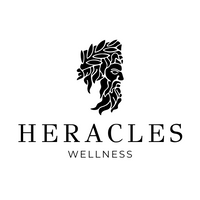

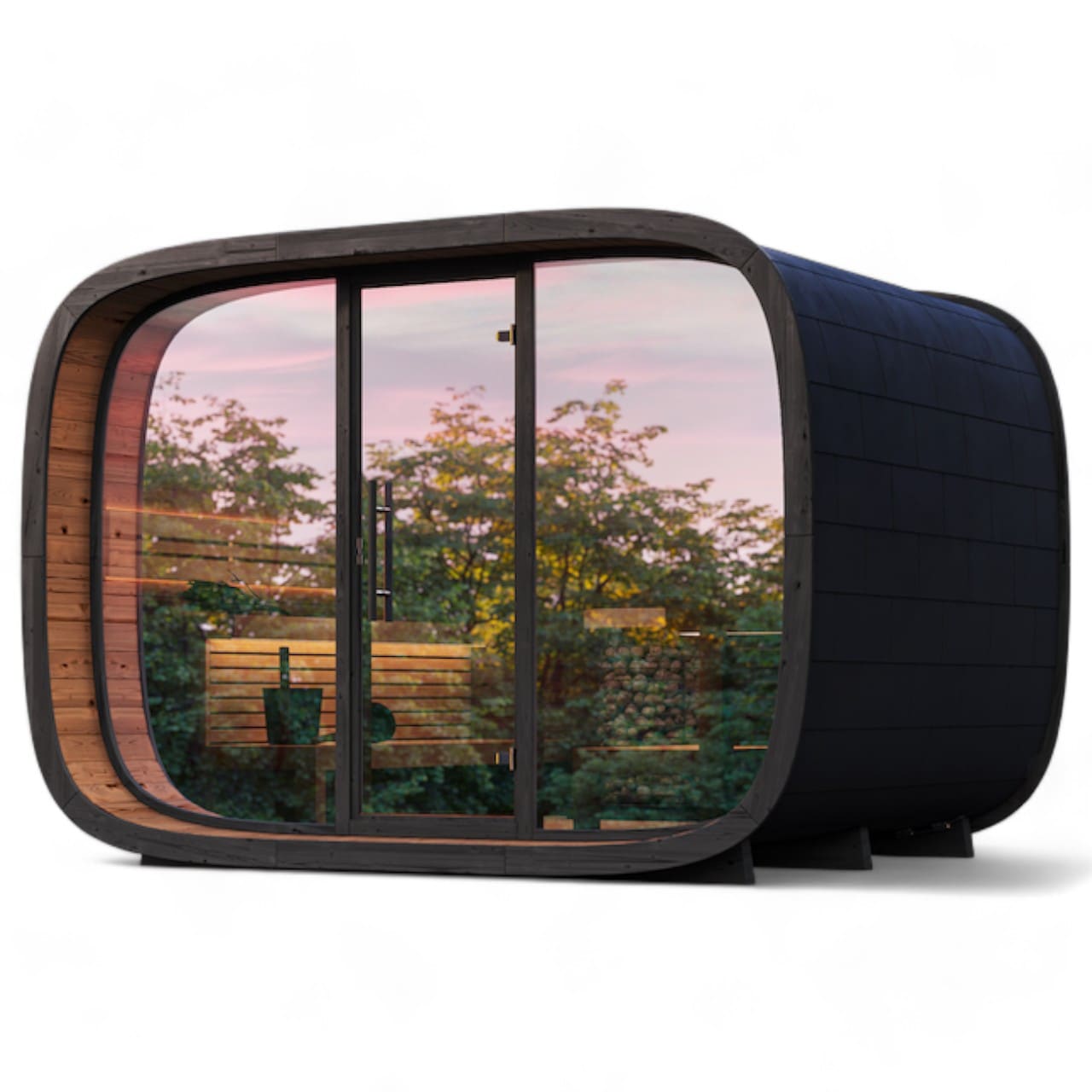
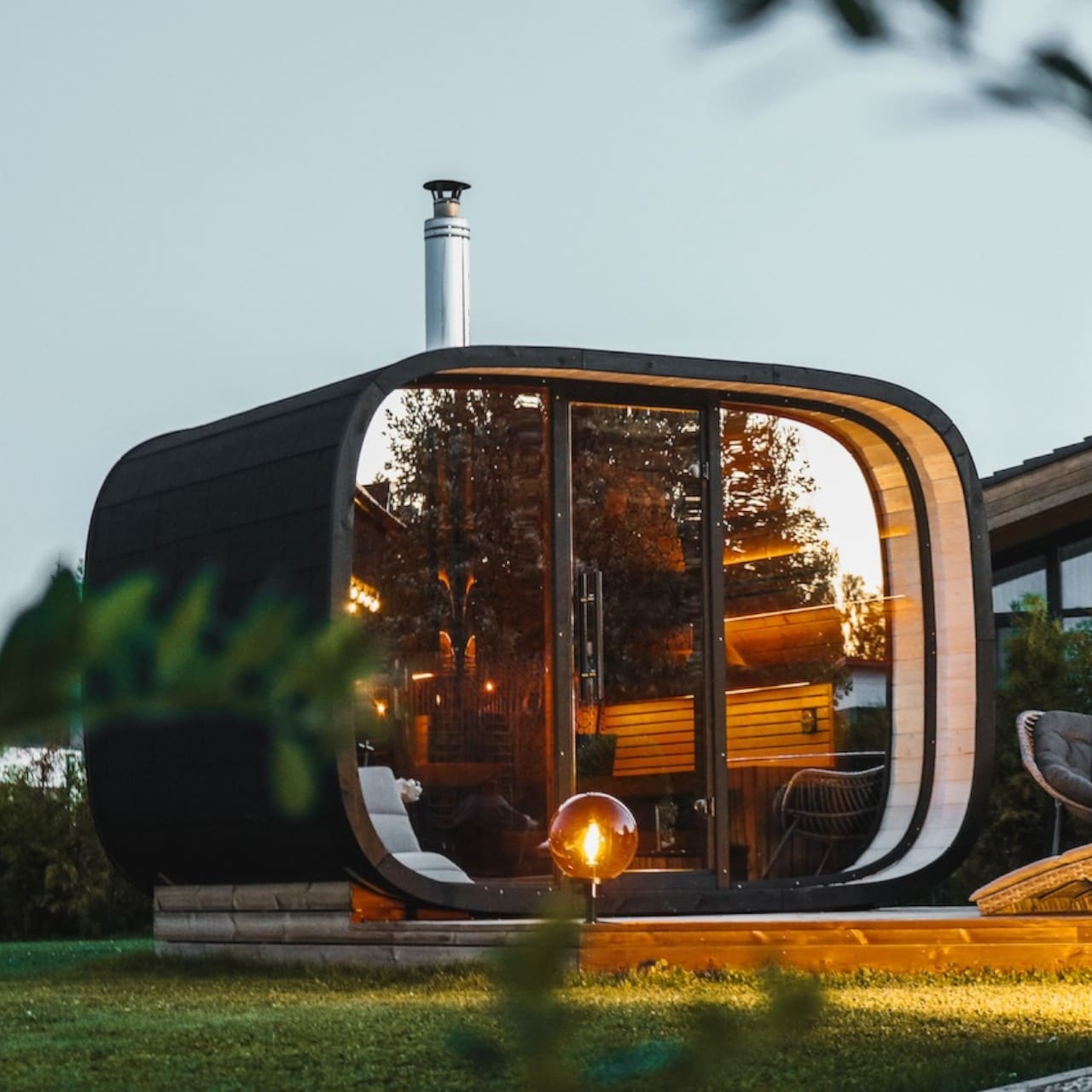
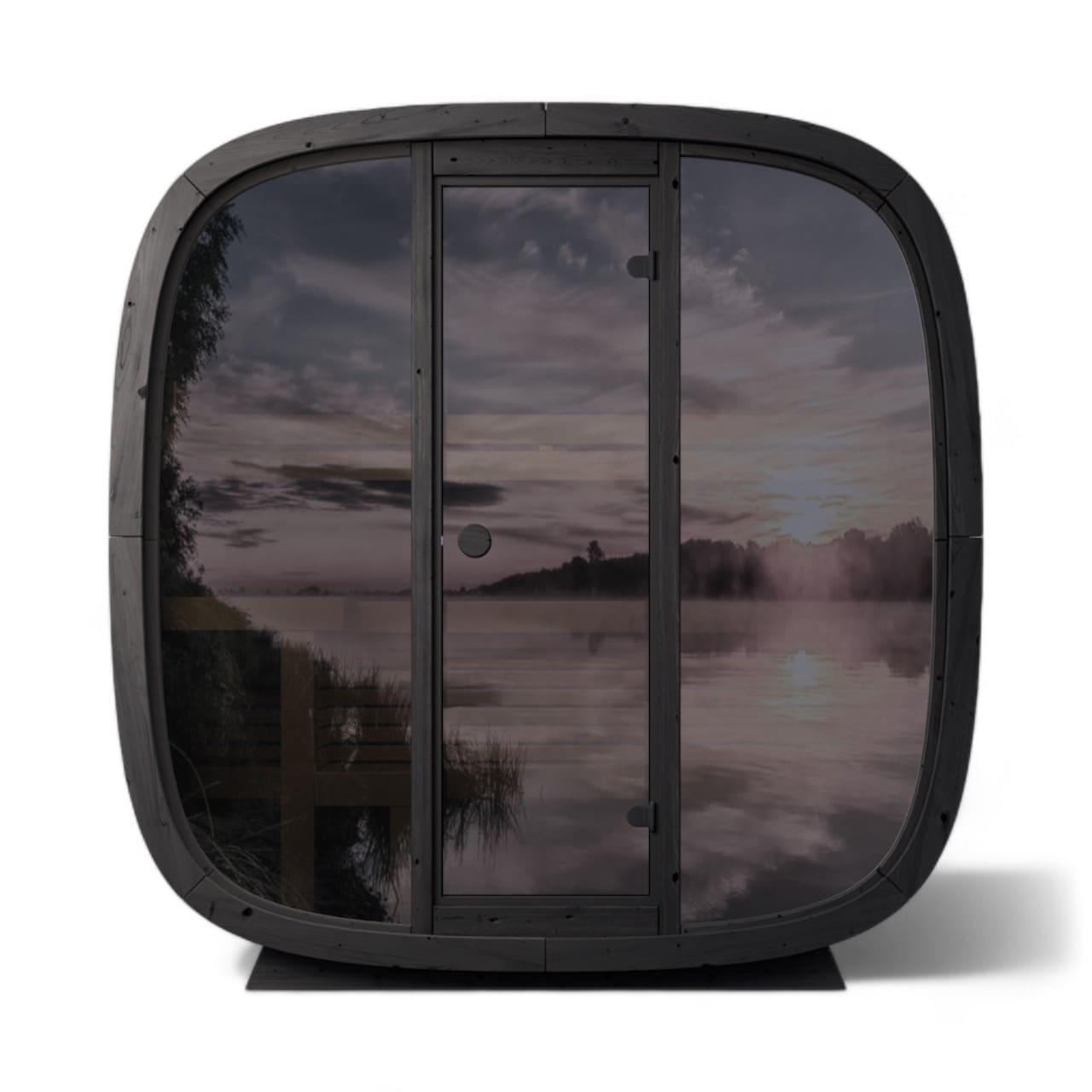
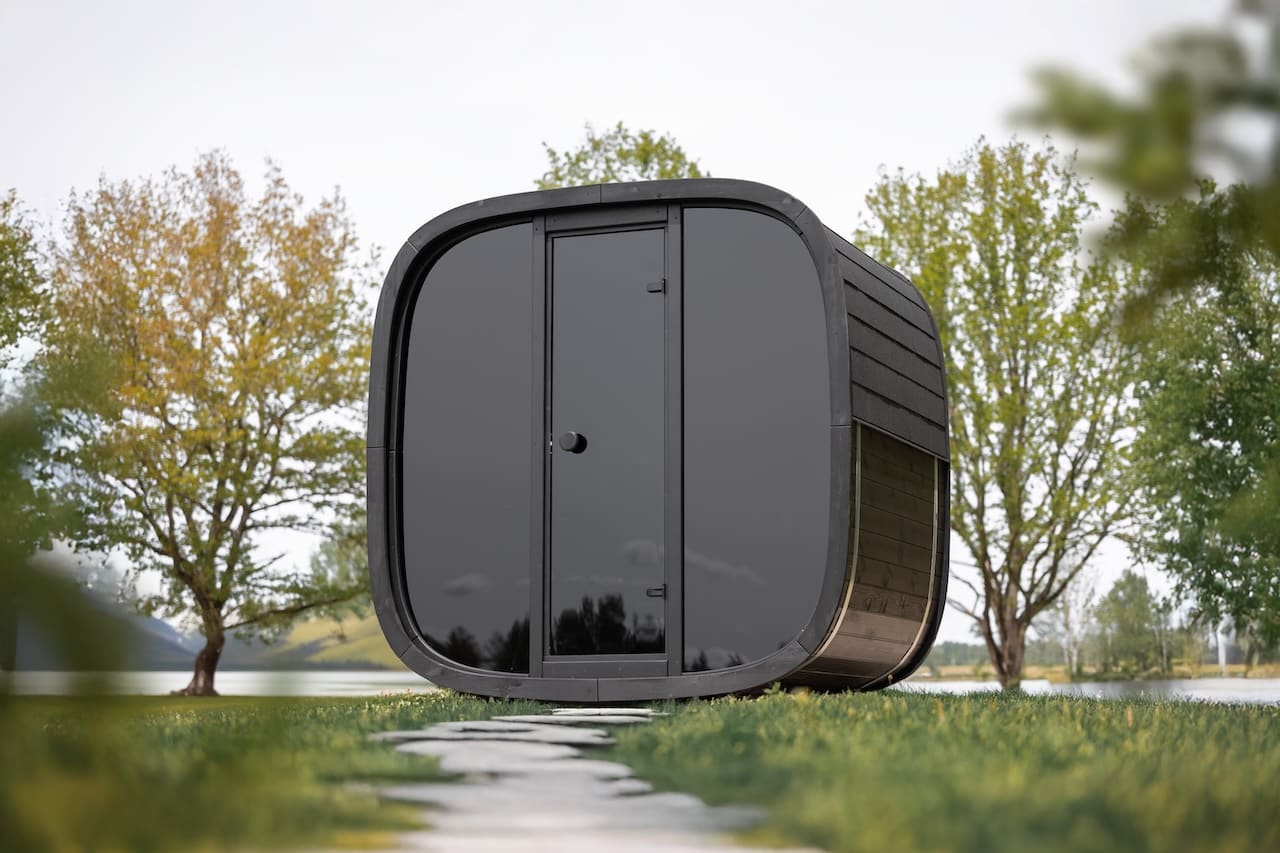
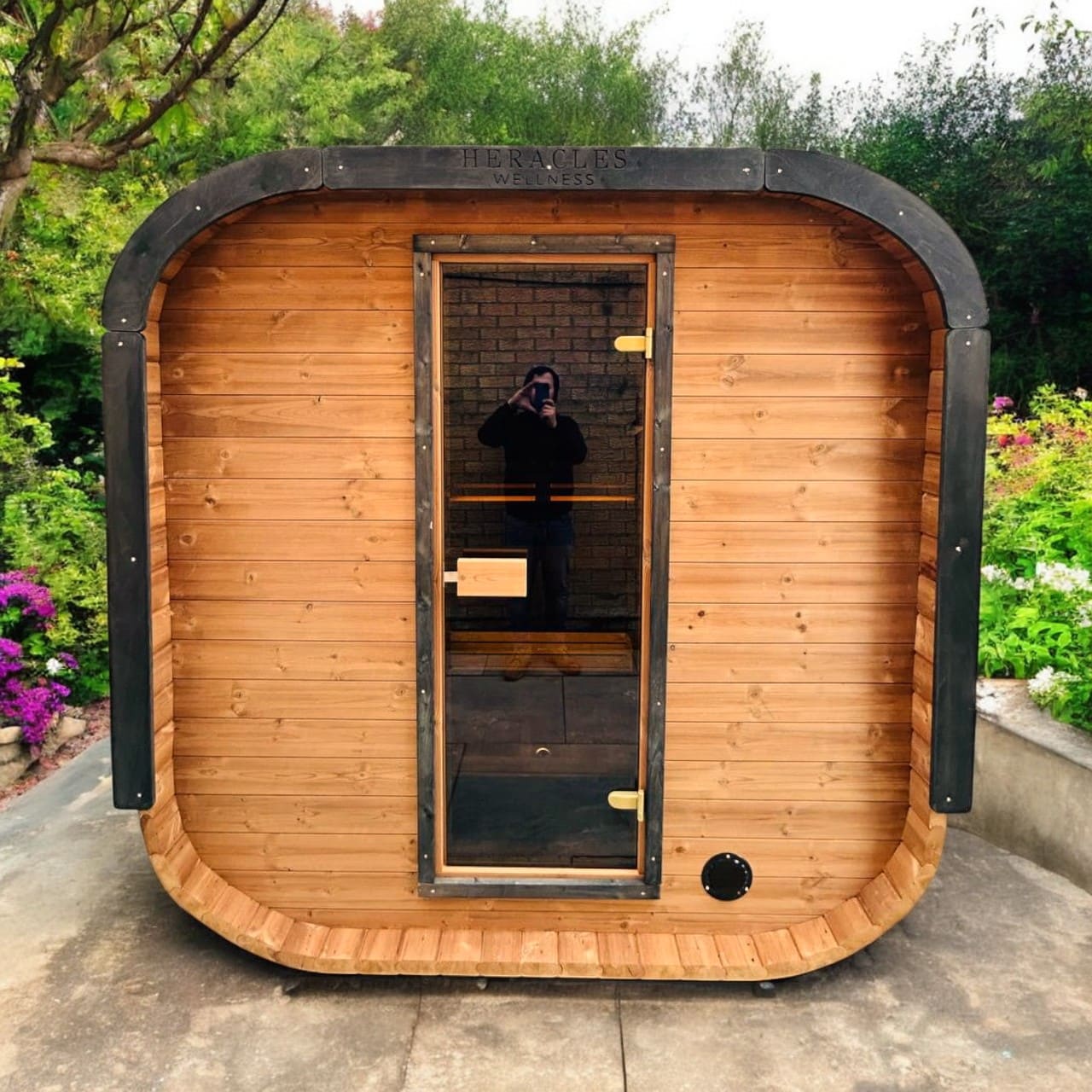
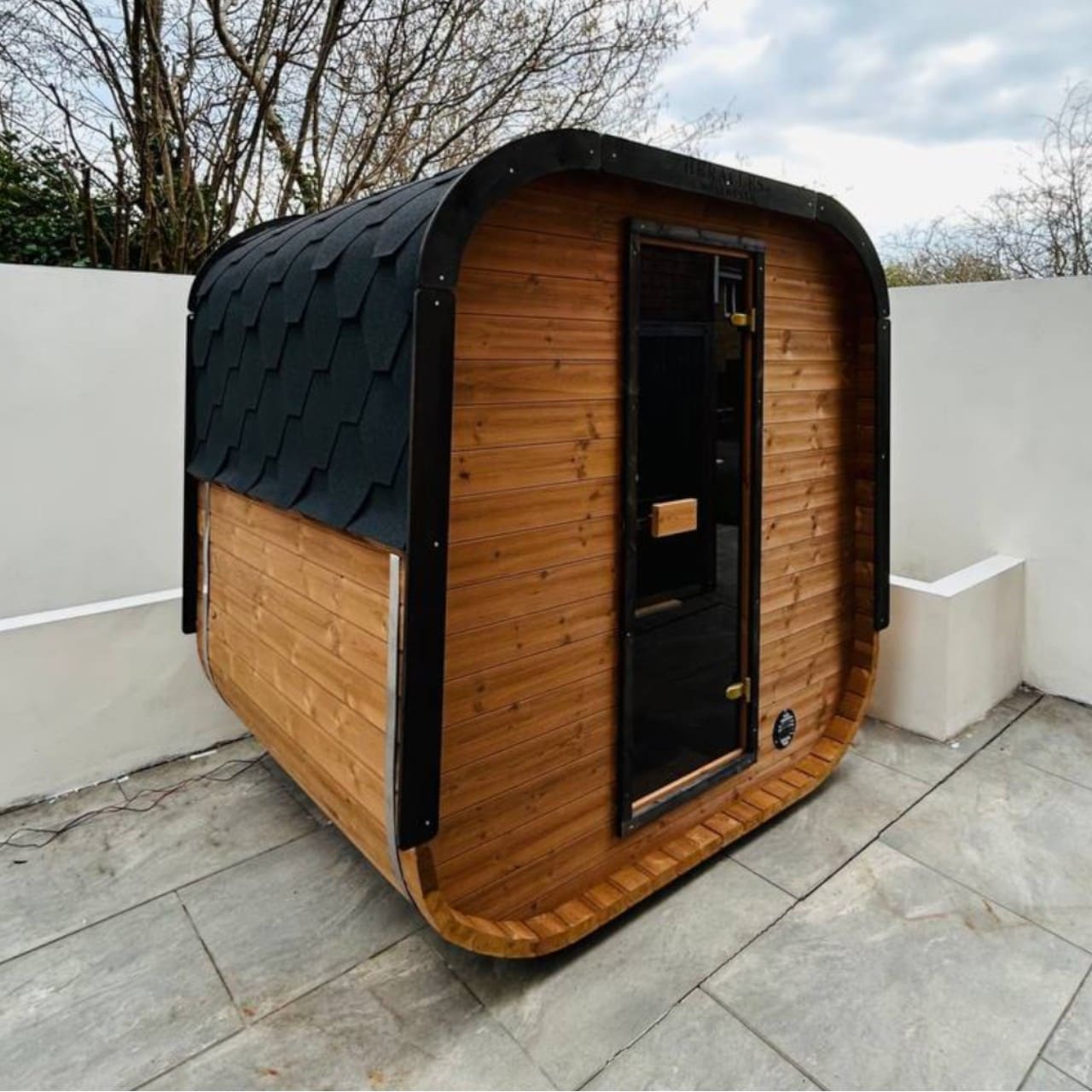
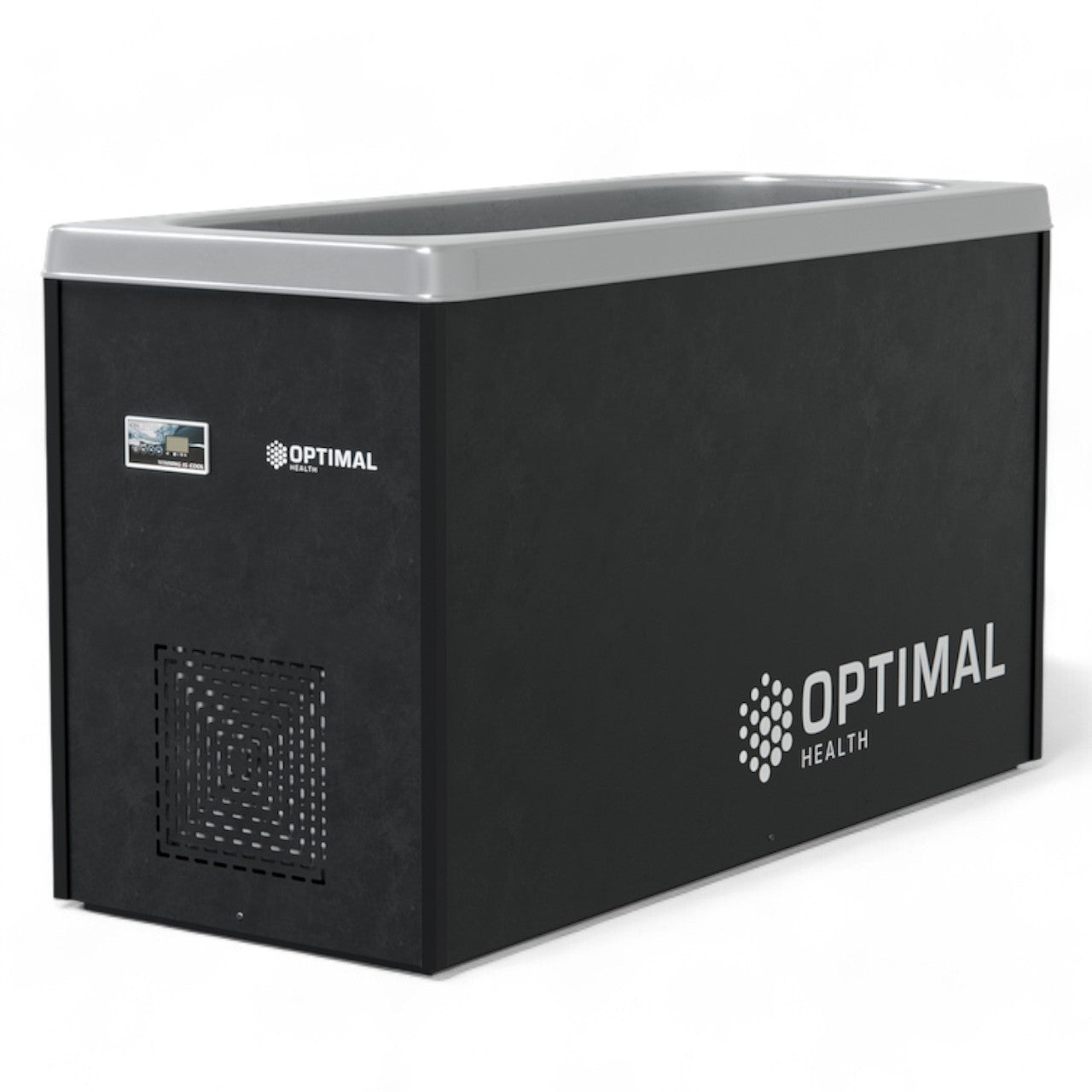
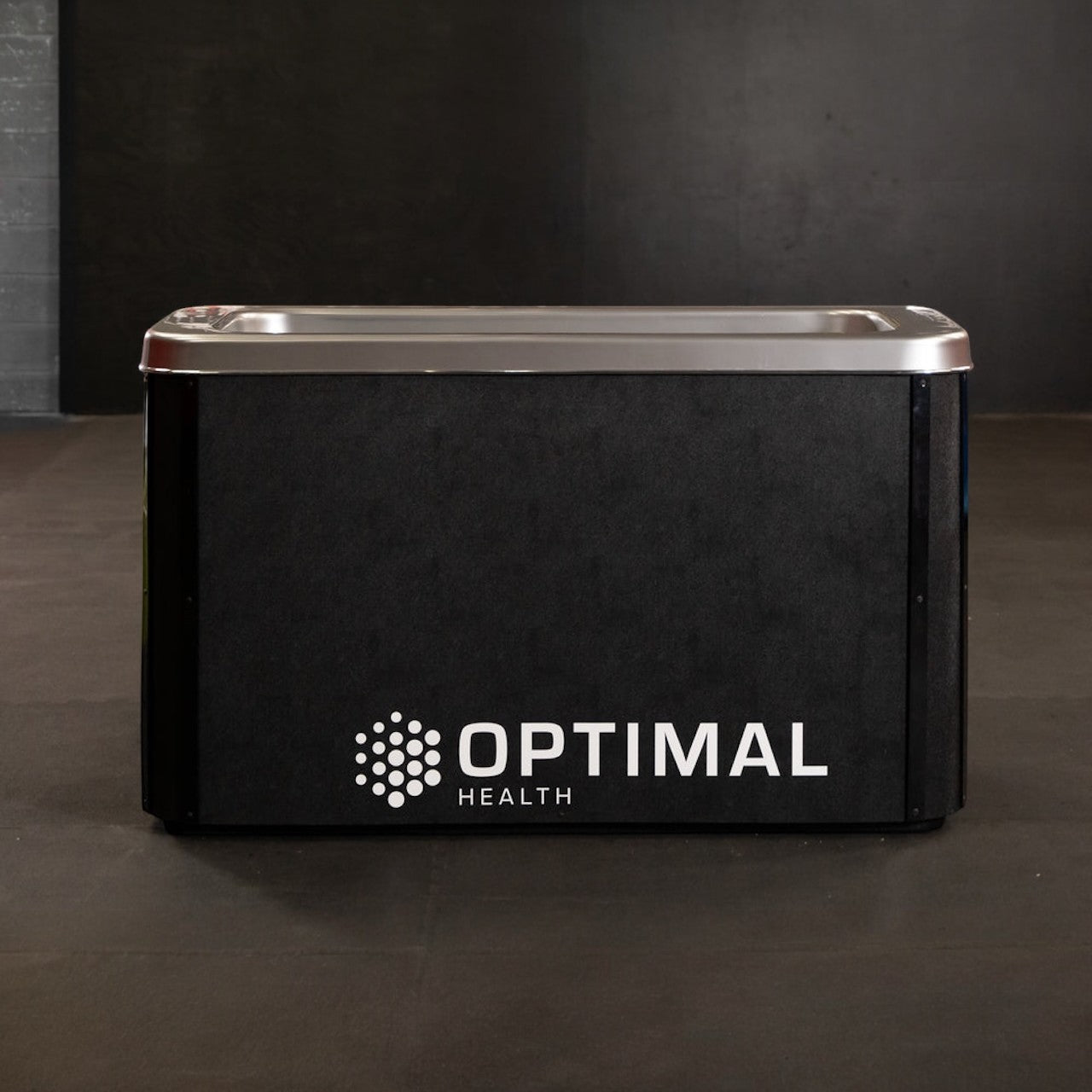
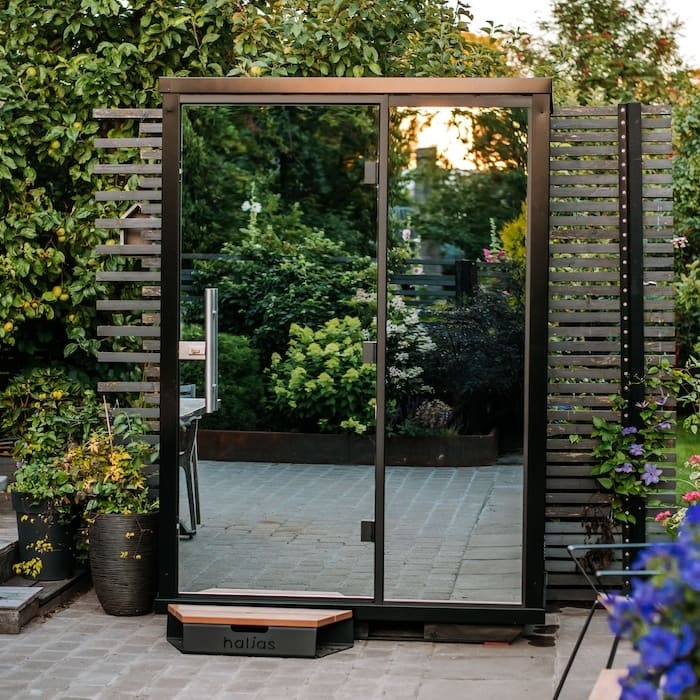
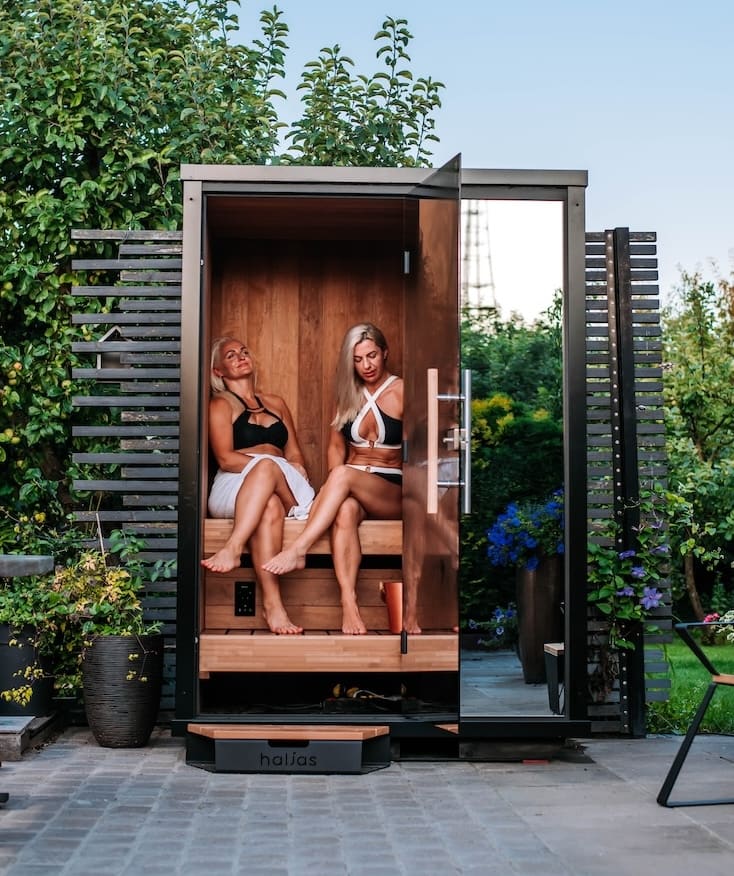
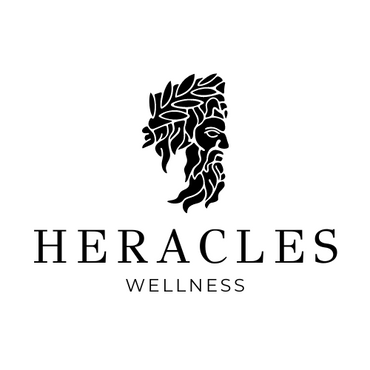

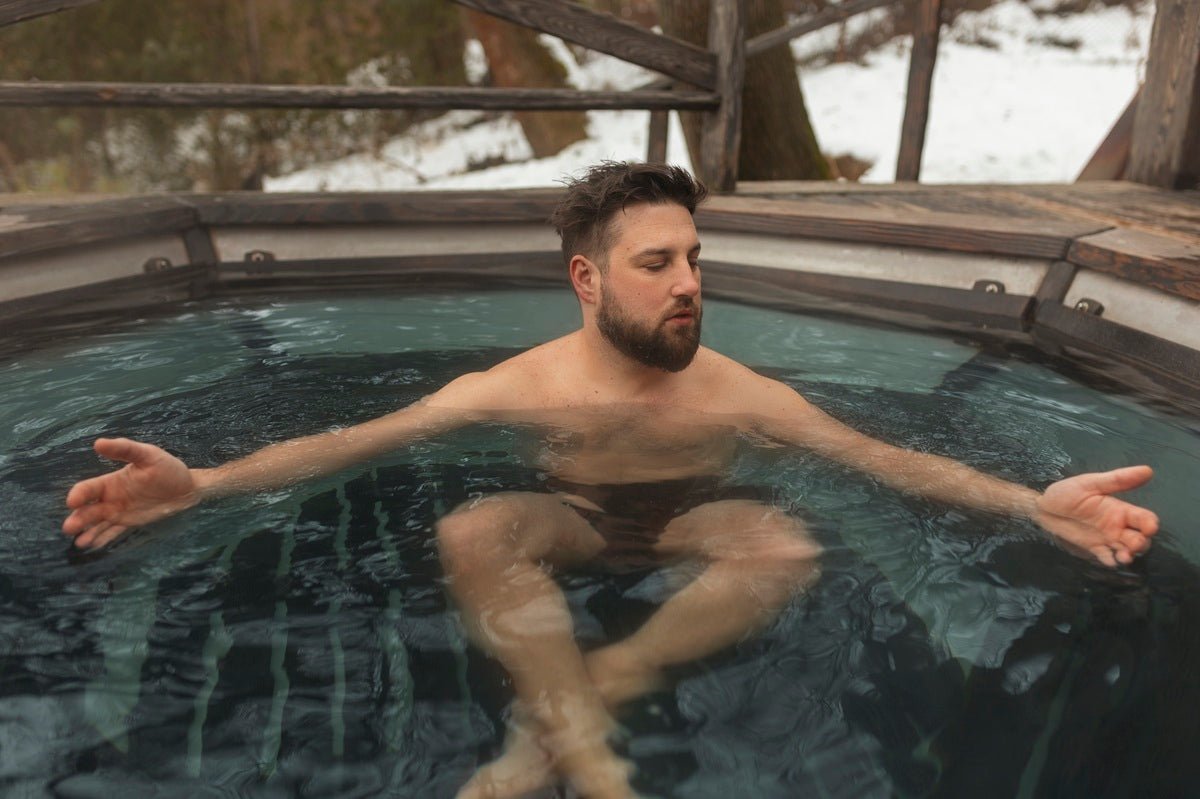
Leave a comment